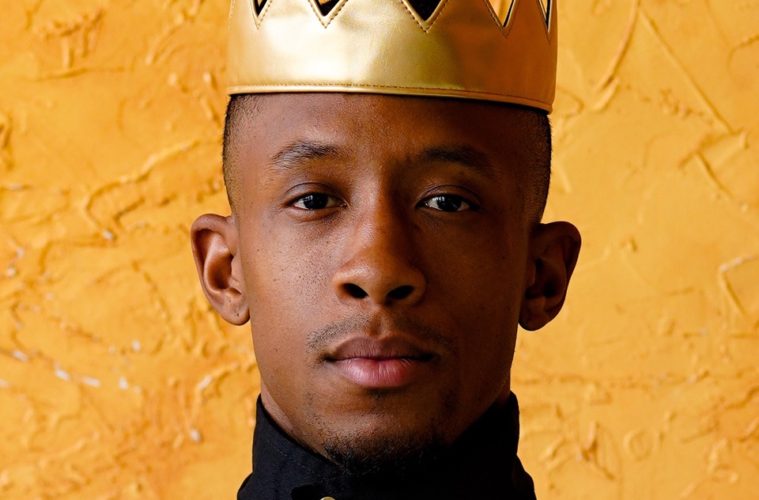Darrél Friidom Dunn, who goes simply by Friidom, is an inventive and ambitious voice in contemporary performance. A cross-platform “movement conductor” who takes his responsibilities as a community storyteller and cultural communicator to heart in collaborative, interdisciplinary, site-specific happenings with an eye on empathy, education and solidarity.
“We all have a finite time here on this earth,” he says. “So I spend every day thinking about what I can do, today, that will reverberate and have influence 1,000 years from now. I want to look back at my life — to have the future look back — and know exactly what I was trying to do.” And what Friidom, as his moniker implies, is trying to do, is pretty much to save the world.
“If we can bring Los Angeles together, we can bring the world together,” Friidom tells L.A. Weekly. “Everyone comes here to seek something out and to communicate it. The entertainment industry is the ground zero of the world in terms of communicating ideas, and it’s so important that we see each other here — really see each other for real, beyond the words.”
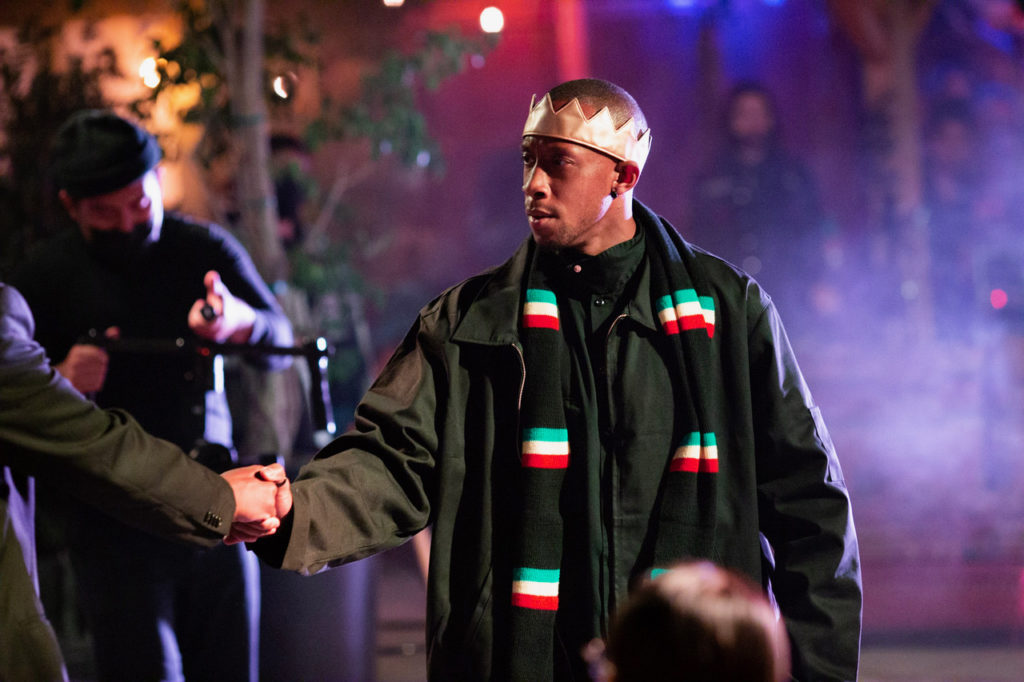
Selassii – How Africa Unites (Photo by John Nyboer)
With that in mind, Friidom and his all-city network of collaborators, including dancers, musicians, writers, visual artists, community leaders, theater artists, historians, creators and activists, stage regular events, large and small, impromptu and at scale, for live and streaming audiences all across the city. From Leimert Park to Little Armenia, Little Tokyo, Chinatown, Hollywood, East LA and Little Ethiopia, Inglewood and so many places in between, the cohort is focused on communicating a true intersectionality based in Black culture.
By activating locations with bodies and attention in unique experiences, the work itself creates unconventional shared experience as a portal to addressing what might be unknown histories — stories that could shed light on the past and address the present-day need for mutual understanding and solidarity.
For example, the piece Komiitas presented in Little Armenia and the related work Selasii: How Africa Unites use cultural exchange within the aesthetic and narrative of the works to speak to connections between communities across race and countries, from Jamaica to Ethiopia and Eritrea.
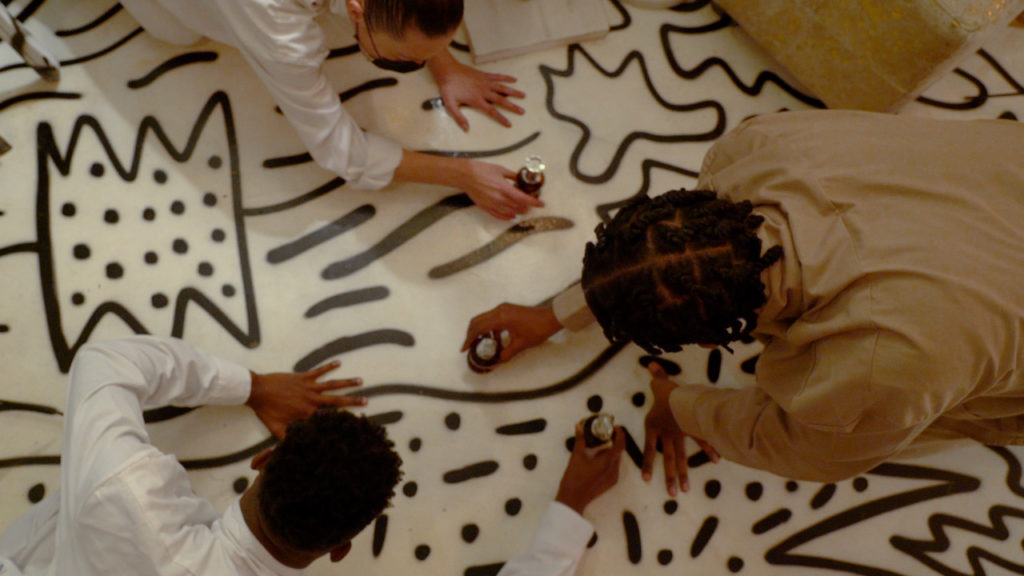
Komiitas – An Armenian Reflection (Photo by John Nyboer)
Friidom’s proprietary dance style, Epiic, is a formation of raw expressive movements and extreme precision flow, in which he uses his hands like a conductor of orchestral scores. They further use not only music but also movie trailers, historical speeches, and poetics in Friidom’s own words and in others’ to create a beguiling history-based storytelling that imparts education through narrative theater rather than either abstract concepts or pure didactic. The goal is to learn about each other in order to find actionable, healing commonalities to work from.
“We’re all going through something, right? Something personal as individuals, families and societies,” says Friidom. “We tend to look inward to heal ourselves, but too often we let trauma separate us when it should bind us in solidarity. Those kinds of divisions give the oppressors space to operate, so stop it!”
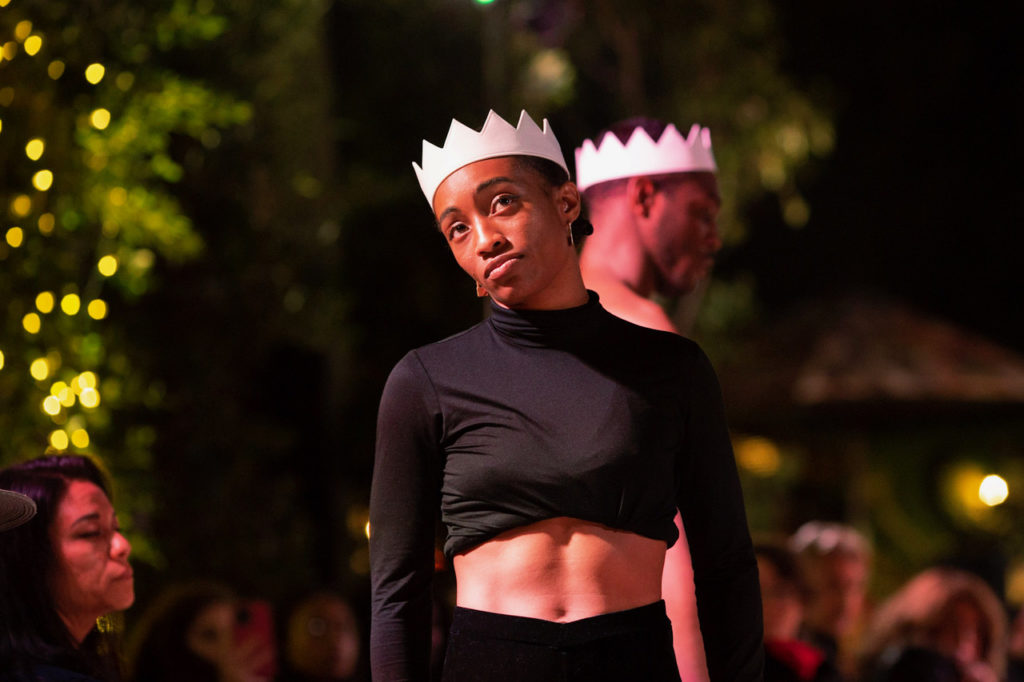
Selassii – How Africa Unites (Photo by John Nyboer)
Emerging from the worst of the pandemic with a new piece called Elegy, dedicated as it needed to be to all and everything we’ve lost in the pandemic, Friidom felt strongly that, “We have to devote some cultural real estate to the grieving process, to engage with death; we’ve been skating reality and it’s not healthy for individuals or for societies.” At the same time, his vision for the next 12 months is all about optimism and creative ambition. Right now, he’s busy building a movement army to get it done.
“As we go, we have pieces coming up in Leimert Park with Ben Caldwell, in Little Tokyo with Yuri Kuschiyama, another in Little Armenia again, and pieces with dedicated engagement in Latino communities and the South Asian community in Hollywood. In between these signpost pieces throughout the year, there will be more intimate installations within larger community events in Koreatown and Chinatown.
The grand finale will be in January 2023, activating New Year’s Day as an entire citywide dance piece, with scores of dancers all over town, moving throughout the day and converging on Skid Row — to reveal the truth of the city to itself. Both live and streaming, with works to follow along with, to stream or to stumble across, featuring dancers and movement artists, some with spoken word and some with music, Friidom sees it as “a mobile symphony exploring causality.”
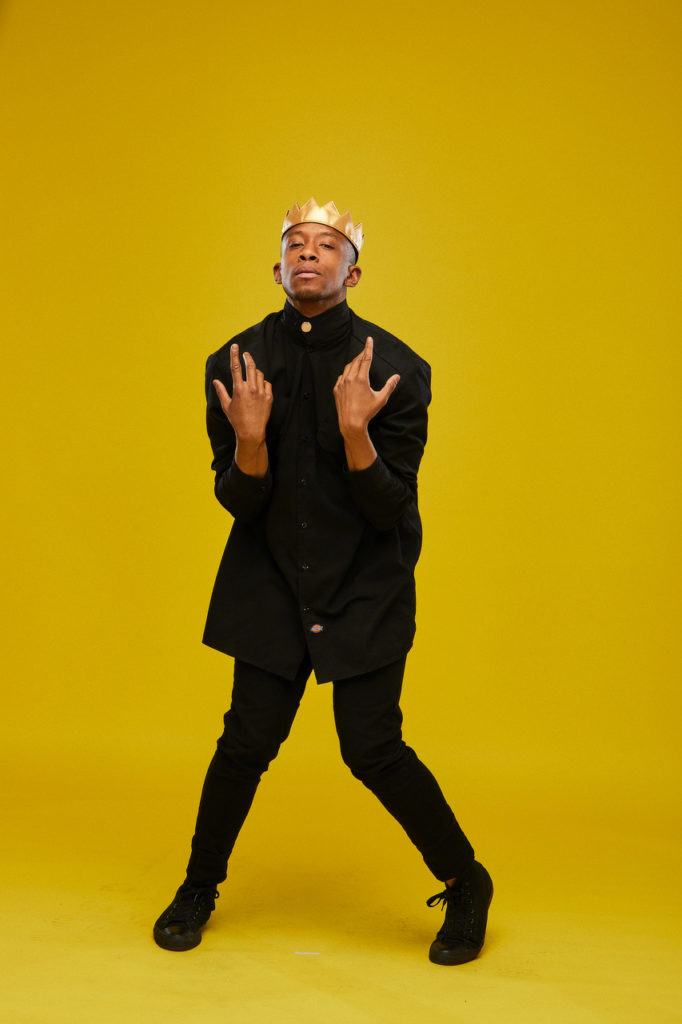
Friidom Dunn (Photo by Wes Klain)
“What can I really give to Skid Row?” Friidom says. “Art, food, money I guess, but only a broad, deep, sustained attention will really change anything, because these are the direct results of policy choices — so someone has to make a stand. On 4th and Los Angeles, we’ll be making a door from our bodies, a grand gesture we hope will reach decision-makers and wake everyone up. If we don’t want to be Lost Angeles, we’d better do this. Look,” he says, “We’re all playing out narratives of the past, of trauma and fear. But stop for a second and really look; there’s nothing we can’t fix if we really wanted to.”
For more information visit thefriidom.com, or follow along on IG at @thefriidom.
Advertising disclosure: We may receive compensation for some of the links in our stories. Thank you for supporting LA Weekly and our advertisers.

